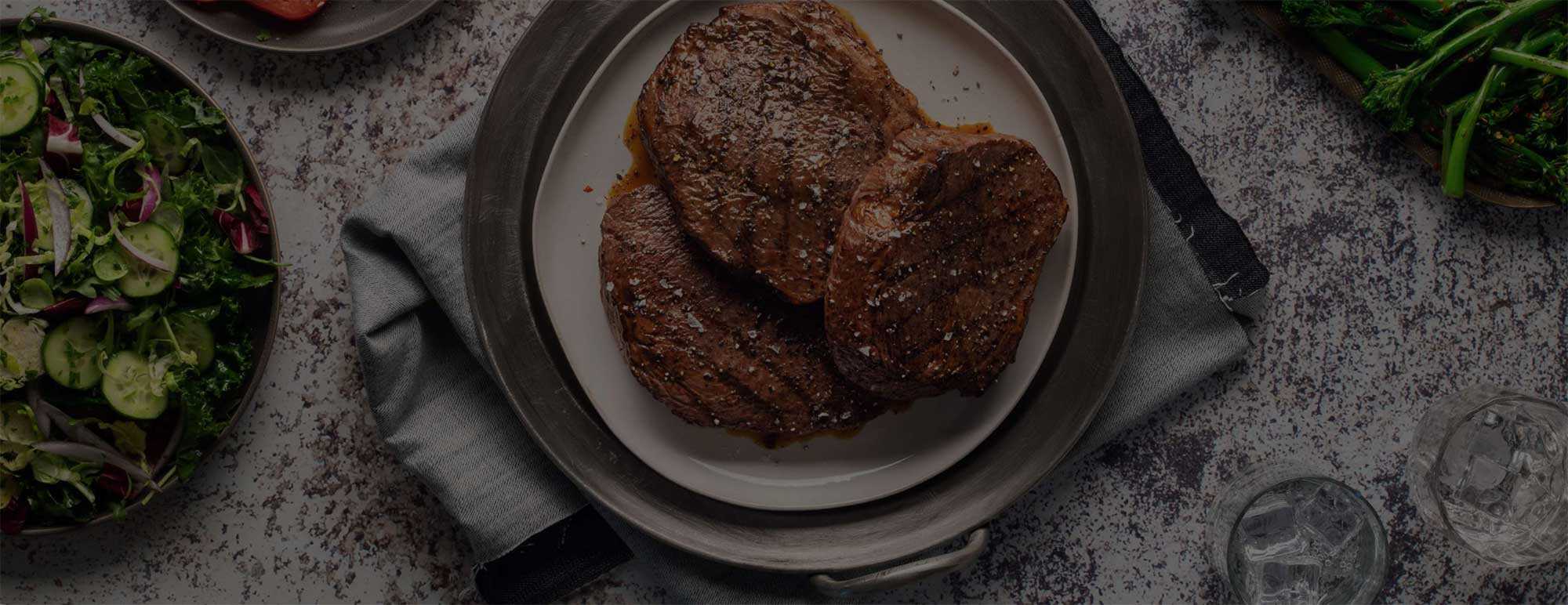
BEEF UP YOUR SKILLS.
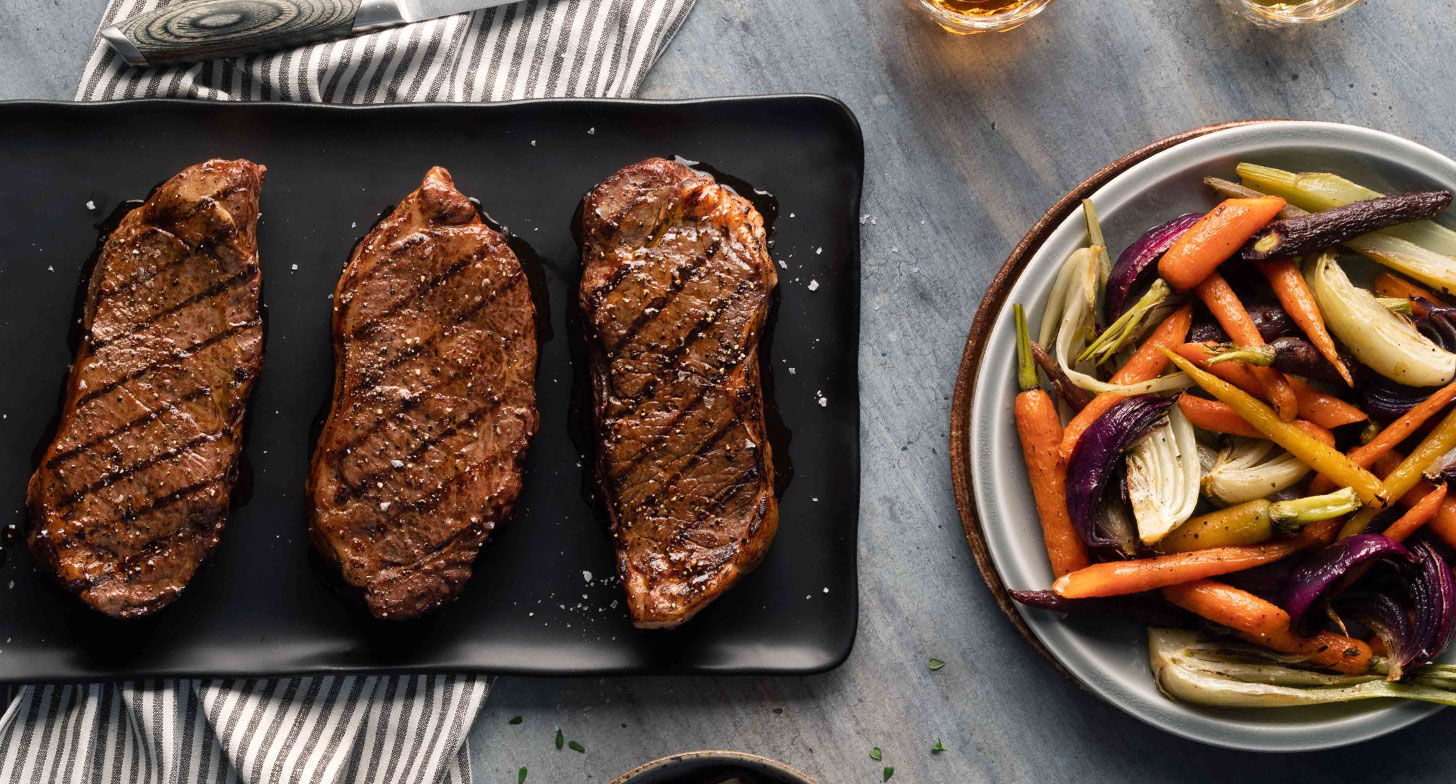
MASTER THE GRILL.
Start with a preheated grill. Sear your steak until grill marks are well-defined. Then give it a quarter- or half-turn to get those perfect crosshatched lines. After a few minutes, turn the steak over and cook it to your liking (or 135ºF for medium-rare doneness).
For great flavor, generously salt your steaks at least 30 minutes before cooking. This gives the salt time to work its way into the cut beyond the outer surface.
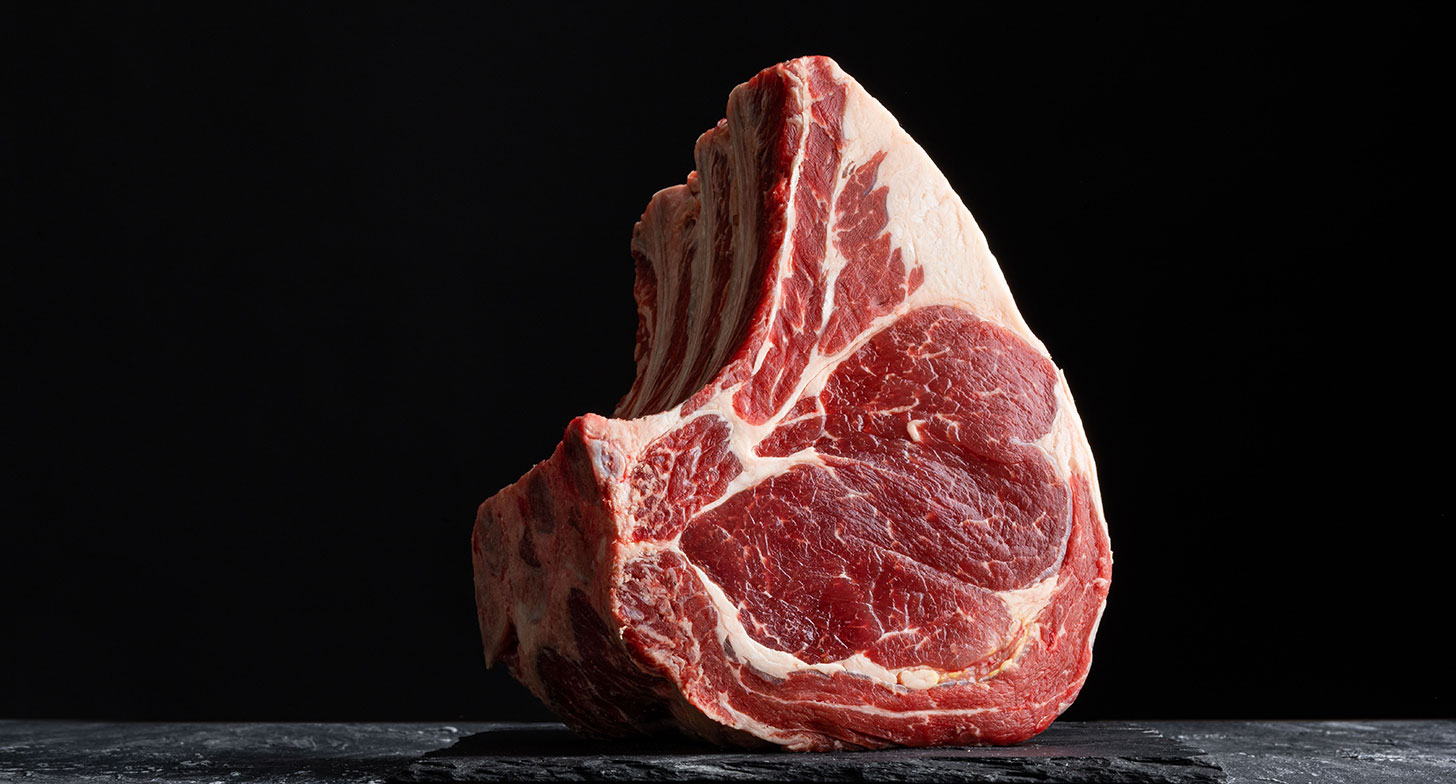
KNOW YOUR ROASTS.
AngusPride® beef offers a variety of roasts – and every one of them is perfect for impressing your guests.
- Beef round roasts include the eye of round, bottom round and top round roasts. They’re flavorful and lean, and should be cooked no further than medium rare.
- Sirloin roasts include top sirloin, sirloin tip roast and sirloin tri-tip. They’re less tender but a lot more flavorful.
- Pot roasts include cuts like chuck shoulder and top blade. Cook it in a slow cooker for that classic “Sunday roast” experience.
SERVE UP SAFE BEEF.
It’s important to take all the right precautions when preparing beef. Follow these guidelines from the Cattlemen’s Beef Board and you’ll be good to go.
Using an internal meat thermometer is the most reliable way to check the doneness of your AngusPride beef. As a general rule of thumb:
- 125°F = Rare
- 135°F = Medium rare
- 145°F = Medium
- 150°F = Medium well
- 160°F = Well done
- 170°F = Very well done

KNOW YOUR CUTS.
Are you after a five-star restaurant-inspired meal? Or are you in the mood for home-cooked comfort? This chart will help you find the right cut for the occasion and the best way to prepare it.

Ribeye Steak
Also known as beauty steak, Delmonico steak or Spencer steak, this cut should be grilled, broiled or cooked in a skillet for maximum impact.
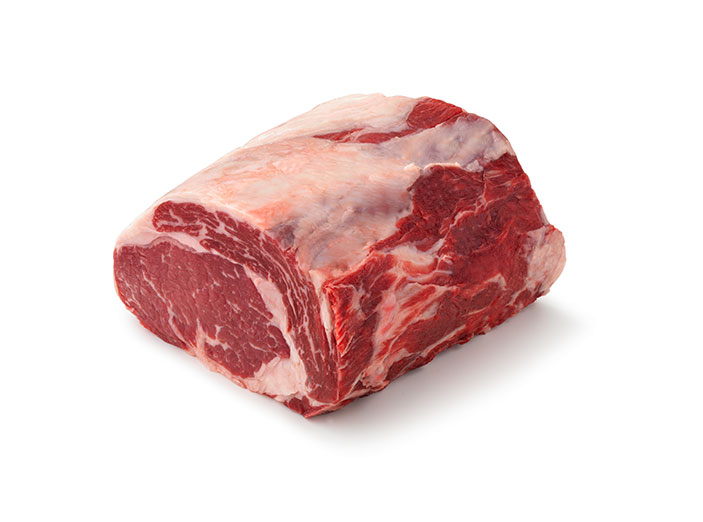
Ribeye Roast
A rib roast minus the rib bone, this cut packs a lot of rich, meaty flavor into every single bite. Plenty of marbling gives it extra juiciness.

Strip Steak
This popular classic can be grilled, broiled or skillet-cooked for a rich, hearty meal. Also known as the club steak, Kansas City strip steak or New York strip steak.
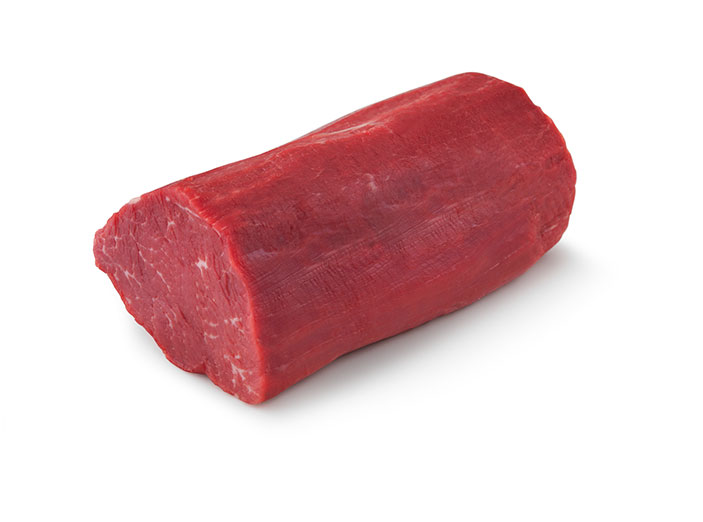
Tenderloin Roast
Also known as the beef tender steak, chateaubriand, or filet de boeuf, this cut can be roasted for especially flavorful eating.
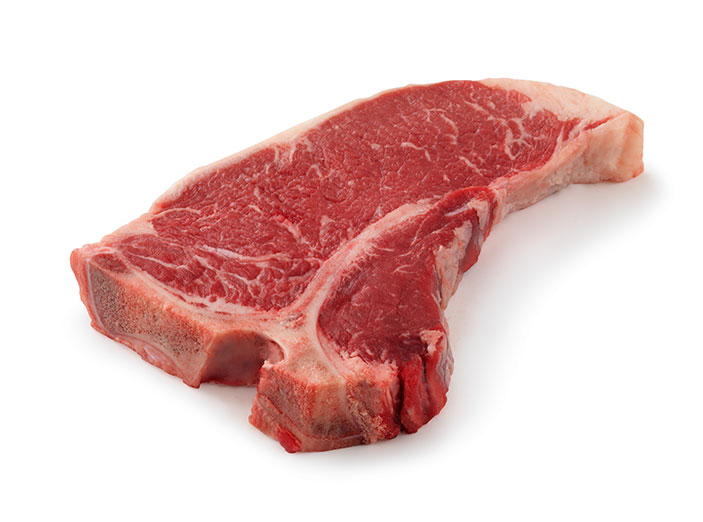
T-Bone Steak
This cut comes from the short loin and features a distinctive T-shaped bone with meat on either side. A popular favorite that’s easy to prepare.
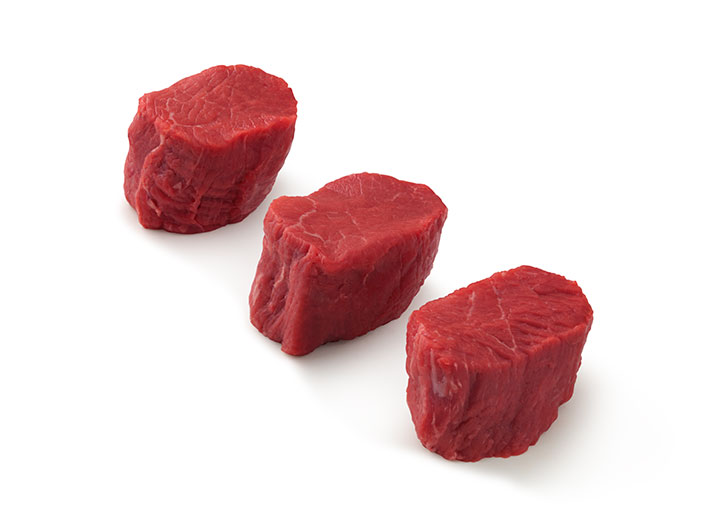
Petite Tender Medallions
Derived from the shoulder tender, petite tender medallions are sliced into small pieces for serving. Also known as shoulder petite tender medallions.
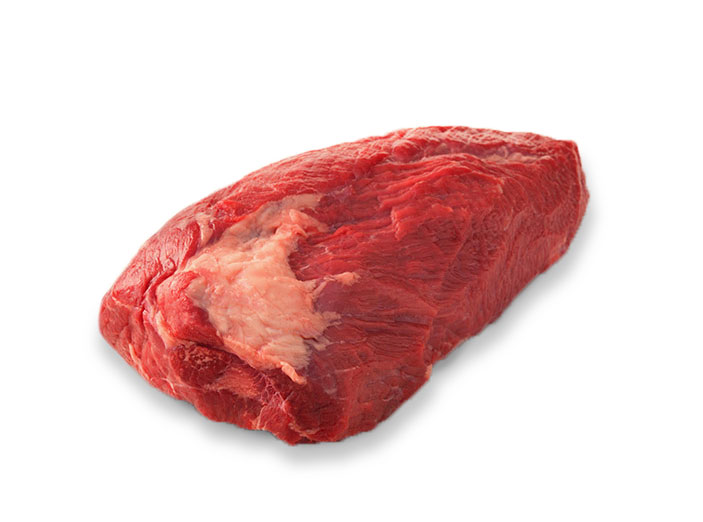
Chuck Roast
Chuck roasts are large, flat-shaped cuts from the sub-primal. They require moist-heat cooking (usually in a slow-cooker) to increase tenderness.
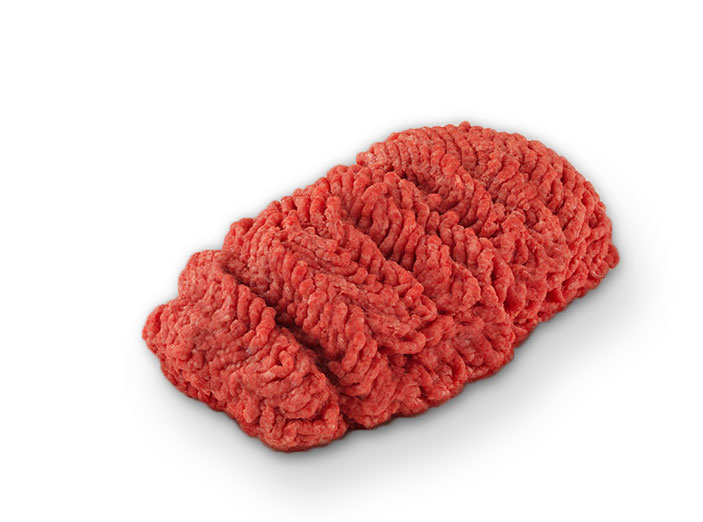
Ground Beef (80-85% Lean)
This is finely chopped or minced beef that’s perfect for a wide range of recipes. Ground beef is a kitchen staple that comes in varying degrees of leanness.